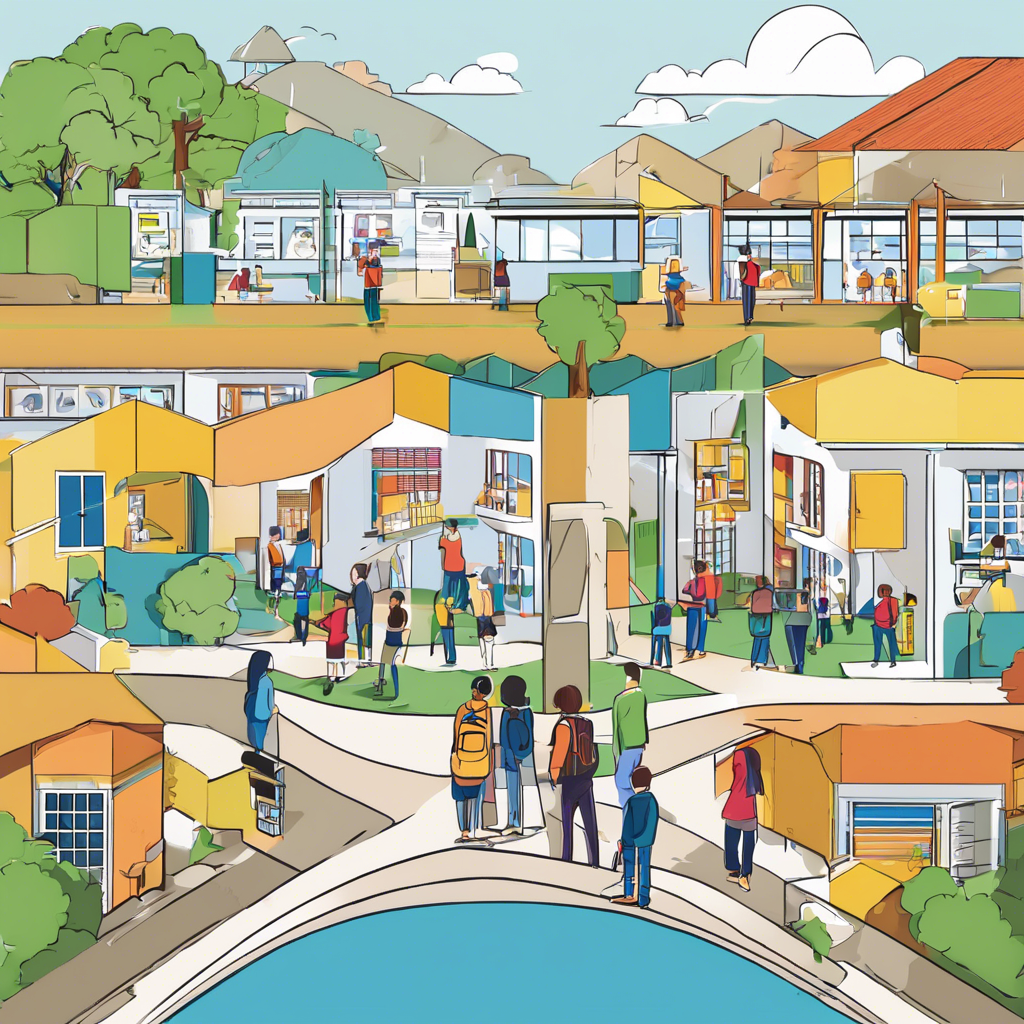Face-to-face education remains the cornerstone of learning, offering a traditional yet effective approach that has stood the test of time. In a rapidly evolving digital world, where online learning platforms and virtual classrooms have gained prominence, the physical classroom experience continues to provide unique advantages that cannot be easily replicated. Students, educators, and parents alike recognize the value of in-person education in fostering engagement, communication, and holistic development.
One of the most significant benefits of face-to-face learning is direct interaction. Students can engage with their teachers and peers in real time, creating an environment that encourages active participation and deeper understanding. Unlike online learning, where students may struggle with distractions or lack the motivation to stay engaged, a physical classroom setting offers structure and discipline. Teachers can observe students’ body language, facial expressions, and levels of engagement, allowing them to adjust their teaching methods accordingly. This immediate feedback loop ensures that learning is more effective and tailored to the needs of individual students.
Another major advantage of traditional education is the social aspect. Learning is not just about acquiring knowledge; it also involves developing essential interpersonal skills. In a face-to-face setting, students learn how to communicate effectively, collaborate on projects, and engage in meaningful discussions. They also develop emotional intelligence by interacting with people from diverse backgrounds, understanding different perspectives, and resolving conflicts in a constructive manner. These experiences help shape individuals who are not only academically competent but also socially adept.
Practical learning is another key strength of in-person education. Subjects that require hands-on experience, such as science, medicine, engineering, and the arts, benefit immensely from face-to-face instruction. Laboratories, workshops, and field trips provide students with opportunities to apply theoretical knowledge in real-world scenarios. This experiential learning fosters critical thinking, problem-solving skills, and a deeper understanding of concepts. While online simulations and virtual experiments can be useful, they cannot fully replace the tangible experience of working with actual equipment and materials.
The role of discipline and routine in education cannot be overlooked. A structured environment helps students develop time management skills and a sense of responsibility. Attending classes at a fixed schedule, adhering to deadlines, and participating in group activities contribute to a well-rounded educational experience. In contrast, online learning often allows for a more flexible schedule, which, while beneficial in some cases, can lead to procrastination and a lack of accountability.
Face-to-face education also fosters stronger teacher-student relationships. Educators play a crucial role in mentoring and guiding students, not just academically but also in their personal growth. In a physical classroom, teachers can offer immediate clarification of doubts, provide encouragement, and offer support in ways that are more personal and effective than virtual communication. This close interaction builds trust and helps students feel more comfortable seeking help when needed.
Moreover, traditional education creates an environment where students can focus better. Digital distractions are a common challenge in online learning, where social media, video games, and other online activities can easily divert attention. In a classroom, students are in a dedicated learning space, free from many of these distractions, allowing them to concentrate better on their studies.
Another critical aspect of face-to-face education is the development of teamwork and leadership skills. Group activities, discussions, and presentations encourage students to collaborate, express their ideas, and take on leadership roles. These experiences prepare them for future careers where teamwork and communication are essential. While online learning platforms offer discussion forums and virtual group projects, the lack of physical presence often makes collaboration less dynamic and effective.
Assessment and evaluation methods in traditional education are also more comprehensive. In addition to written exams and assignments, teachers can assess students through oral presentations, practical demonstrations, and classroom participation. These varied assessment techniques provide a more accurate representation of a student’s abilities and progress. Online assessments, on the other hand, can be limited in scope and may not always reflect a student’s true understanding of the subject matter.
Despite its many advantages, face-to-face education does come with challenges. The cost of traditional schooling, including tuition fees, transportation, and study materials, can be a burden for some families. Additionally, geographical limitations may prevent some students from accessing quality education, especially in rural or underdeveloped areas. However, efforts to bridge these gaps through scholarships, improved infrastructure, and blended learning models are helping make face-to-face education more accessible.
In an era where technology continues to reshape education, it is important to strike a balance between traditional and digital learning methods. While online education offers convenience and accessibility, face-to-face education provides depth, engagement, and a sense of community that is essential for holistic learning. The future of education may lie in a hybrid model that combines the best of both worlds, ensuring that students receive a well-rounded and effective learning experience.

